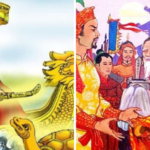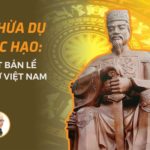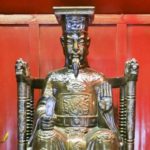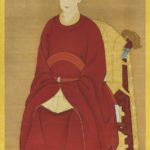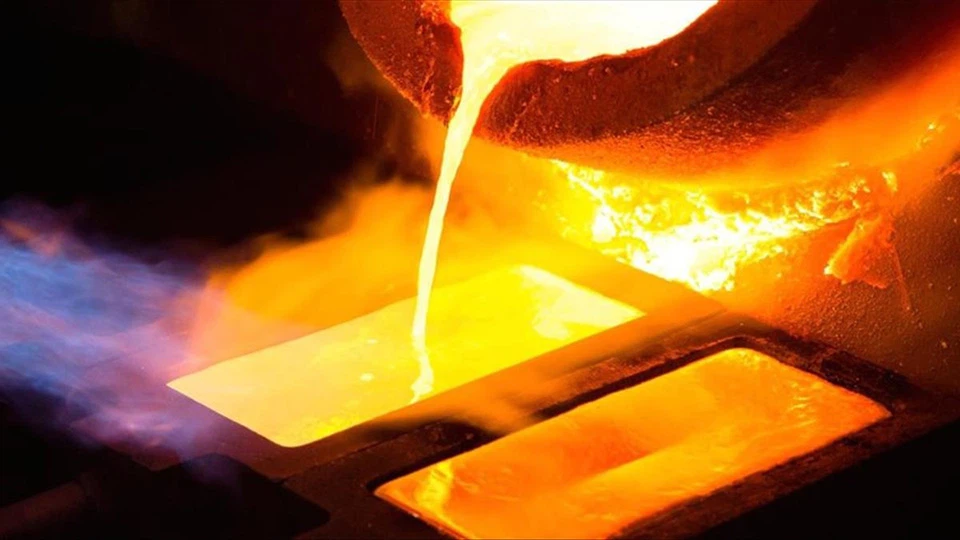Historian Ngo Si Lien wrote about this king as follows: “The king fought and won, defeated the king of Chiem Thanh to wash away the shame of capturing the envoy, and defeated the Trieu Tong army.” That king is none other than King Le Hoan – Le Dai Han.
The king was evaluated by historians as “fighting and winning wherever he went”: Le Hoan (Le Dai Han) is the king who established the Early Le Dynasty. He was famous for his martial arts skills and led the army into battles. Historian Ngo Si Lien once wrote: “The king fought and won, defeated the king of Chiem Thanh to wash away the shame of capturing the envoy, and defeated the Trieu Tong army to break the winning scheme of my king’s enemies. He can be called the greatest hero of the era.”
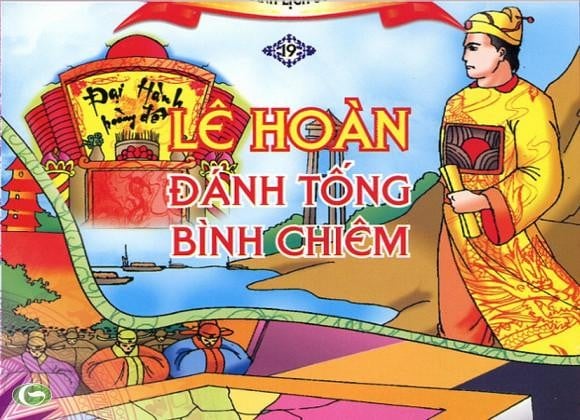
Le Dai Han (whose courtesy name was Le Hoan) was from Ai Chau (Thanh Hoa). His father was Le Mich and his mother was Dang Thi Sen. It is said that when his mother was about to give birth, she dreamt of a blooming lotus in her womb, which turned into a seed. She divided the seed among everyone, but he alone was not allowed to eat it for unknown reasons. On the 15th day of the 7th month in the year Tân Sửu, which is equivalent to the 10th day of the 8th month in the year 941, Le Hoan was born (according to the Complete Annals of Dai Viet). When Le Hoan was 7 years old, his parents passed away one after another. A mandarin named Chau Ai-Thanh Hoa took him in as an adopted son. Le Hoan worked diligently. One cold winter night, the mandarin came to where he was sleeping and saw a strange light, while he was lying face down with a golden dragon sitting on top of him. This revealed that Le Hoan had a special aura, and the mandarin raised and educated him with kindness. When Le Hoan turned 16, he asked to join the army led by Dinh Bo Linh. Le Hoan demonstrated his talent and was entrusted by Dinh Bo Linh to command 2,000 soldiers and lead them to fight against the enemy. In 968, after the victory over the 12 feudal lords, Dinh Bo Linh unified the country and established the Dinh Dynasty. Thanks to his military talent, courage, and determination, Le Hoan gained the trust of Dinh Bo Linh. In 971, Le Hoan made contributions in the campaigns and was appointed Ten Dao General (the commander of ten military commanders), Duke of Dien Tien (the position of the supreme commander of the army of Dai Co Viet), and the direct commander of the imperial palace guard in Hoa Lu (he was then only 30 years old).

In October 979, Dinh Tien Hoang and Dinh Lien (father and son) were murdered by Do Thich. Le Hoan, along with Nguyen Bac and Dinh Dien, brought young King Dinh Toan to the throne. At that time, Dinh Toan was only 6 years old. Le Hoan became the Regent and had the freedom to enter and exit the forbidden palace in a difficult situation. The close courtiers of Dinh Tien Hoang revolted against Le Hoan, but Le Hoan quickly suppressed them. Ngo Nhat Khanh (the horse general of the Dinh Dynasty) fled to the South to seek refuge with the Champa king, bringing over a thousand warships to seize the capital Hoa Lu, but they were sunk in a storm.
Seeing the chaotic situation in the court, the Song army from China intended to invade Dai Co Viet. The Song king wrote several letters to coerce and threaten the court to surrender. “If you surrender, I will spare you, otherwise I will fight.” In the face of this situation, Queen Duong Van Nga assigned Le Hoan to organize and direct the resistance. During a meeting to discuss the deployment plan, General Pham Cu Lang proposed that Le Hoan be made king instead of the young king Dinh Toan. Queen Duong Van Nga and the soldiers unanimously supported this. Queen Duong personally took a long ancient robe and put it on Le Hoan, who ascended the throne (as King Le Dai Han), establishing the Early Le Dynasty. He chose the reign title of Thien Phuc, while the country name remained Dai Co Viet, and the capital was at Hoa Lu. He stabilized the internal situation, divided the military into garrisons to guard vulnerable areas, and appointed Pham Cu Lang as the commander-in-chief.
In 981, the Song army invaded our country. Le Dai Han commanded the army to resist the Song and ordered the placement of logs to block the river. At the Bach Dang River, the Song navy was blocked by the Dai Co Viet army. Although they had a strong position, the Song ships were pierced by the densely packed logs, preventing them from advancing deep into the country. The Song navy was defeated. When the Hau Nguyen Bao (a Song general) advanced to Chi Lang, Le Dai Han pretended to surrender to deceive them, and then launched a fierce counterattack. More than half of the enemy soldiers were annihilated. Under the command of Le Dai Han, our army shattered the invasion of the Song dynasty.

In 982, Le Dai Han sent Ngo Tu Canh and Tu Muc as envoys to Chiem Thanh (a country in the south) but were captured by the Chiem Thanh king. Le Dai Han was furious and ordered the construction of warships and the repair of weapons, and personally led the army to attack. He beheaded the leader Bê Mi Thue on the battlefield. Many enemy soldiers were captured, and a lot of gold and silver were seized. The fort was razed, and the ancestral shrines were destroyed. After a year, he returned to the capital. Le Dai Han was also very interested in the southern region and conducted six major military operations during his reign. He personally commanded the campaign to suppress local forces and invasions, not only defending the border firmly but also preparing for the Vietnamese people’s southward expansion, further expanding the boundaries and territories.
During Le Dai Han’s reign, he had numerous palaces built in the capital Hoa Lu, and he promoted agricultural production (organizing an annual plowing ceremony to encourage agricultural production, having soldiers dig many canals, embankments, and roads). He was the first to organize river dredging. The River Dredging Works of the Le Dynasty (which are still present in Thanh Hoa and are a historical relic).
Le Dai Han employed a flexible and clever foreign policy, but he was also resolute. Once, a Song envoy demanded that Le Dai Han kneel to receive the imperial edict from the Song king. He claimed that he had a leg injury and could not kneel. The Song envoy could do nothing. Le Dai Han regularly sent envoys to the Song court to maintain a harmonious relationship between the two countries.
In the middle of 1005, he passed away. His posthumous temple name is still Le Dai Han Emperor. He reigned for 24 years and lived to the age of 65. During his 24 years as king, he adopted the reign titles of Thien Phuc (980-988), Hung Thong (989-993), and Ung Thien (994-1005).

























